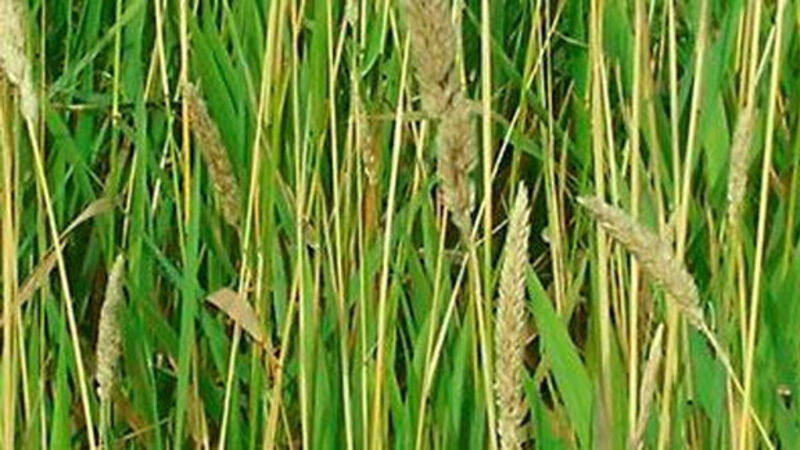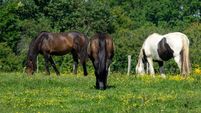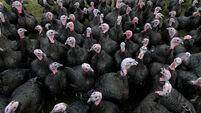Smother weeds with well managed grass

As the year progresses, Teagasc Advisers start to receive more and more telephone calls and enquiries from the farming public about weed control.
Some of the frequently asked questions are answered in this article.










